Fire on the Mountain: Remembering the Wallow Fire 2011
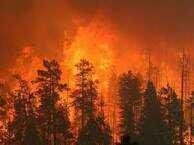
Wallow Fire photo, 2011
The official story goes something like this:
On May 11, 2011, Two men were camping in the Bear Wallow area near Alpine, AZ. Deciding to take a walk, they left their campsite and did not ensure that their campfire had been put "dead out", as the Forest Service terms it. This led to the destruction of nearly 600,000 acres of the Apache-Sitgreaves National Forest and over 15,000 acres of the Gila National Forest. Four commercial buildings were destroyed; 36 outbuildings were destroyed and one damaged; 32 residences were destroyed and 5 damaged. The estimated cost was $109 million.(wikipedia.com)
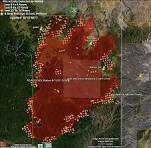
Map showing Wallow Fire area
This however does not do justice to the actual experience of having been there when the evacuation order was given and seeing the devastation up close afterwards. Destruction that the forest has still not managed to repair.
My Story
It was late May, 2011. My family and I had been on an extended trip to Tennessee to see my mother and father with our 18 month old son. This was the first time they had gotten to see their newest grandbaby.
While on the trip, we got word that a wildfire had started just south of where we lived. From all initial reports, it wasn't serious and there was no need for us to cut our trip short.
Oh boy, were we wrong.
On June 3rd, 2011, I saw a news report talking about a massive wildfire in Arizona. We began calling friends and family back home, wondering what was going on. Neither I nor my wife could initially reach anyone, and our nervousness edged up a notch or two. When I finally got through a couple days later, I was told an evacuation order for not only our community but all of the surrounding communities was expected any day now. The "not so serious" wildfire was threatening to become the largest wildfire in Arizona State history.
It was at that point when we decided that it was time to come home. Our entire lives were contained in a home that we'd only owned for seven months.
Driving across the country (around 1700 miles), I broke every moving violation law known to man. My wife and I worried and fretted over what we would find when we got home. The phone calls and texts with my mother and father in law were steadily increasing as they kept us up-to-date on the latest news.
This fire could not have come at a worse time of the year. Northeastern Arizona is known for its high spring winds, often topping 70mph. The drought conditions that existed and an abundance of dry forest fuels combined to cause a "perfect storm", fanning the flames of this fire far beyond what the initial containment barriers had been.
As we raced along I-40, we noticed a haze in the air that began somewhere in Texas. By the time we reached Albuquerque, New Mexico, you could smell and taste the smoke in the air. Keep in mind, we are still over 200 miles from home. The smoke hung in the air over the city like a pall, and it was then, I think, that the reality of the situation began to truly sink in.
Driving out of Albuquerque, one could pretend the muted disk of the sun to the west and the low visibility could be chalked up to smog, or perhaps to just a really hazy day. (Assuming, of course, you could ignore the smell of burning wood and the fact that the view to the west was obscured a gray-brown wall.) By the time we reached Socorro, NM, 75 miles or so down the road, even these small fictions were impossible to keep up.
The sun had become an indistinct, blood-red ball that barely have any light through the thick brown curtain that hung in the sky. There were no clouds. Only a roiling mass of smoke that was the color of blood and coal. The acrid smell of burning wood was permeating the truck cab, despite the fact we'd kept our windows shut and used the air conditioning for the last several hours.
As we drew closer to our home, we could begin to make out massive individual plumes of smoke that streamed from the mountaintops like great exhaust vents. Fear of being stopped and told that the road ahead was impassable or becoming trapped by the fire being borne on the merciless winds was driving both my wife and I to distraction. I had never been more happy to see our town, whole and unharmed. We quickly made our way home.
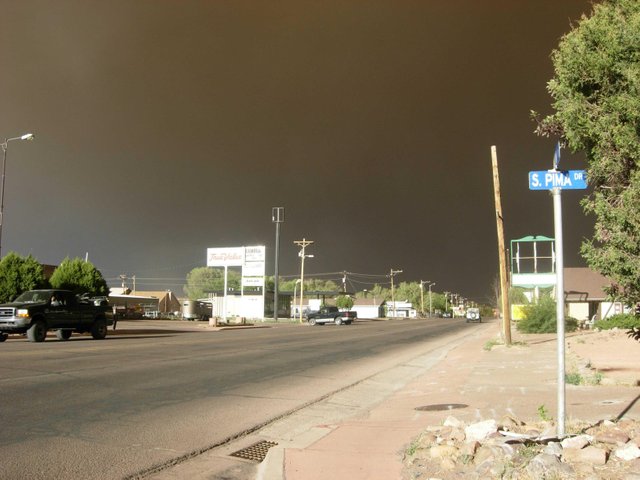
Entering our town, 2011
As my wife and I had raced home, there had been a lively debate on whether or not we would actually evacuate when/if the order was given. While the decision wasn't said aloud until we reached home, somewhere around Socorro the debate stopped. It hadn't become a question of IF we would evacuate. It was now a question of how long we had to gather our things before the order was given and we needed to once again be on the road.
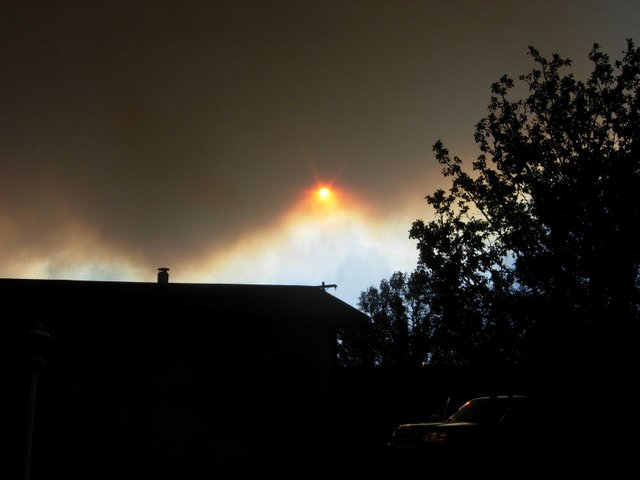
View over our home, 2011
Standing in my front yard, every breath felt as if I was inhaling deeply next to the smokiest campfire ever. Ash floated in the air like snowflakes and the sky grew darker, like an evening thunderstorm in hell. Only the rain from these clouds would be acid, ash and embers and the only flowers that would grow from it would be the flames that consumed and devoured. We'd already spent an hour or so throwing personal possessions into an already packed camper shell. My wife was agonizing over some smaller things when I came to get her and stated, "We need to go. Now."
"Has the evacuation order been given?" she exclaimed to me, even more frantic now, if that was possible.
"No, not yet," I said, beckoning for her to follow me.
I took her to the front door, pointed and said, "That's why we need to go. Look."
Perhaps a mile or so away was a line of hills that marked the edge of town and the beginning of what we called "the mountains", the beautiful pine-forested mountains of northeastern Arizona. A place where we spent time camping, hiking and exploring. A wonderful place, full of vistas and wildlife that was never dull, and always full of adventure.
Only now you could no longer see the mountain tops and those hills at the edge of town now sported plumes of smoke erupting at random points along the town-side slopes. Brief moments allowed me to see the flames flicker up from the bottoms of the juniper tree clusters that dotted the sides of those hills.
I could see the blood drain from her face as she said, "Oh, my God."
As we stood there, flames so close to my home I could practically feel their heat, my wife's cell phone went off.
The order had been given. Evacuation was mandatory. Oh, you could stay if you really wanted to. But the power to the town was to be cut soon, as well as water. And, should you be so foolish as to disregard the evac order, local emergency services, supplanted for the nonce by firefighters from many different states, could not take responsibility for you. You were on your own.
We quickly loaded into the truck and drove away, uncertain if this was to be the last time we ever set foot in our home. As we drove out of town to the west, there was a moment as we were leaving the smoke behind and we were presented with a scene that I hope to never see again. The sharp contrast of the darkened sky above our sleepy little mountain town and the blue of a summer midday, the high, prevailing easterly winds creating a dichotomy which I will never forget.
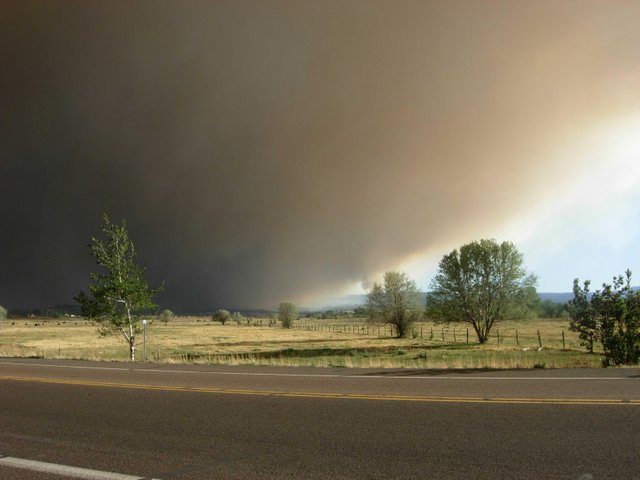
View leaving our town, 2011

- Ancient cinder-cones on fire, 2011*
There were several days of hotels and continental breakfasts, of hope that our home and community would survive, of fear that it would not. What had begun as a family vacation had become a waiting game of anxiety and fear. In the end, over 3,000 firefighters made sure that, when the evacuation order was given, we had a home to go back to.
This however could not erase the horrible feeling I had when we arrived back home and began to try and sort out our hastily thrown together possessions. This feeling came when I stepped into my back yard and found a charred piece of wood, as large as my fist, lying in a small blackened circle of grass. No doubt blown there on the ferocious winds that had only begin to recede a day or so before. How close we came to losing everything is a feeling I will never forget.
It is now nearly a decade since that frightful time and still the forest that surrounds our home has not recovered. Hundreds of thousands of acres of one of the the largest continuous stand of Ponderosa Pine in the world were destroyed and no ecosystem can recover from that overnight.
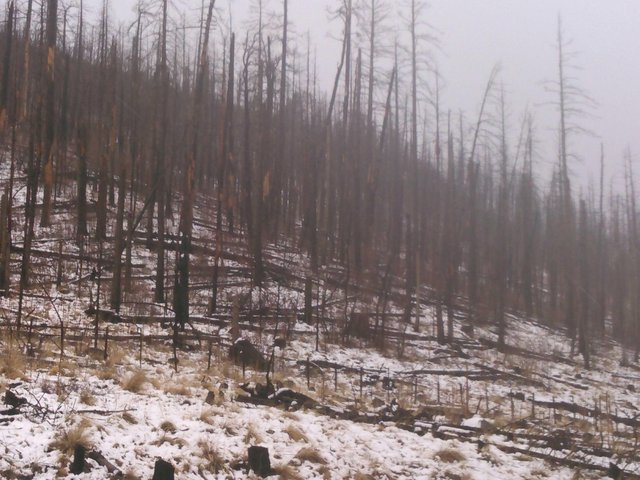
Wallow Fire Burn Area, 2018, pic 1
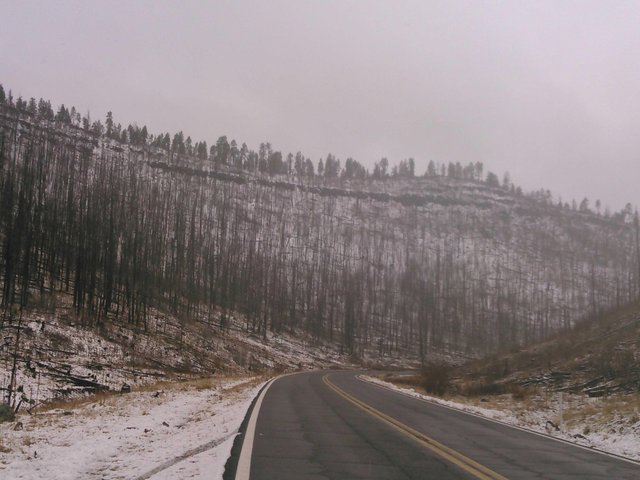
Wallow Fire Burn Area, 2018, pic 2
We still have lush forests here, but they are interspersed with areas of severe damage, some so much that merely crossing these areas presents a hazard. We still have entire areas of the forest closed off. They are still simply too dangerous to enter. High winds often blow down the huge dead, but still standing, pine trees, and woe unto those who are there when those dominoes begin to fall.
This had been another #truelifetale. These events are never far from my mind as I look at the devastated areas surrounding my home. Areas that I will never again see whole and healthy in my lifetime. Hope you enjoyed this story.
Peace
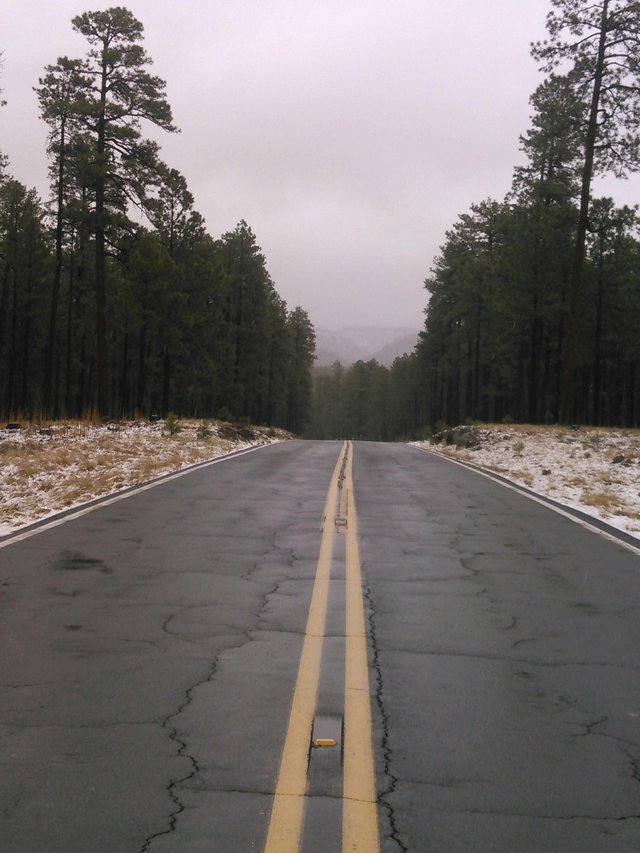
Congratulations, you were selected for a random upvote! Follow @resteemy and upvote this post to increase your chance of being upvoted again!
Read more about @resteemy here.